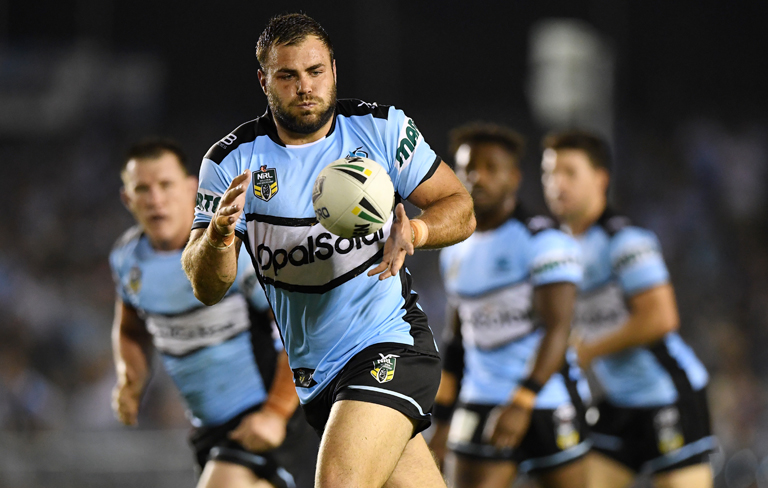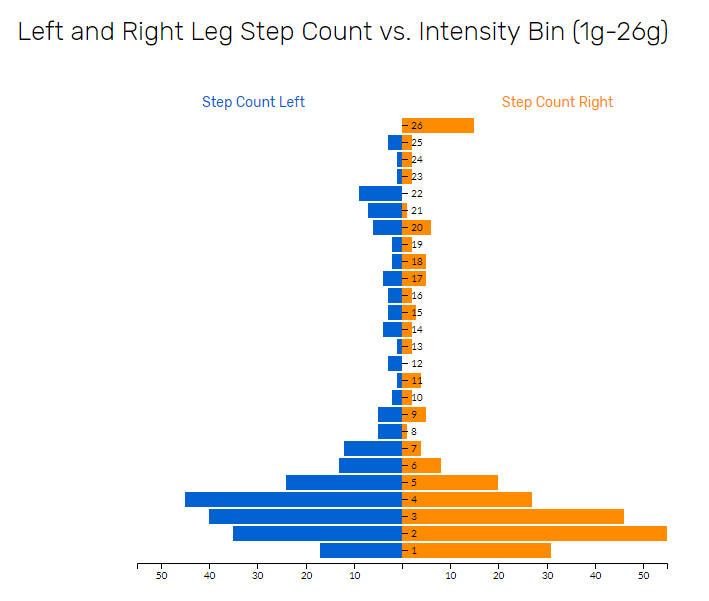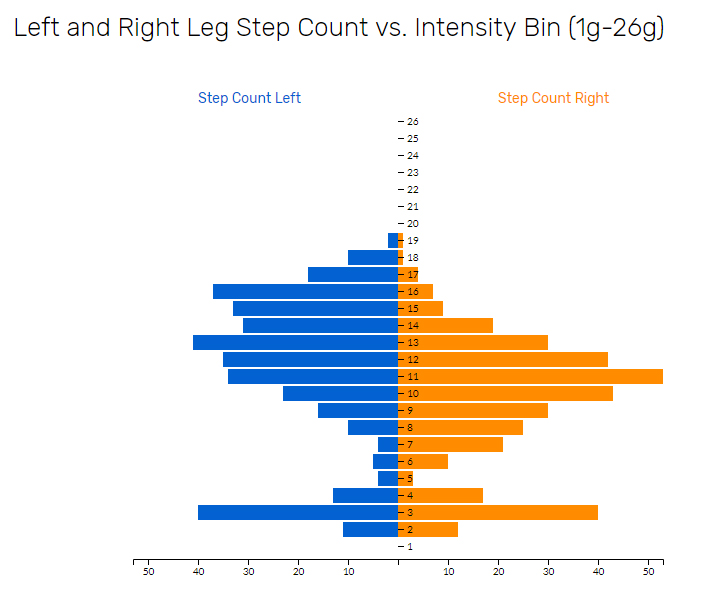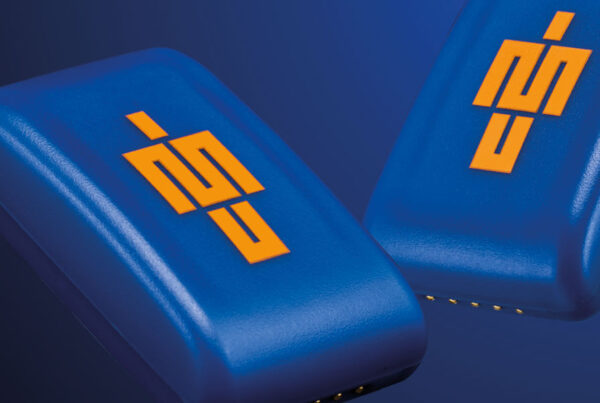How Physical Performance Manager, Andrew Gray and Sports Science and Analysis Manager, John Davey integrated IMU Step with other monitoring solutions to guide Wade Graham’s return to performance journey
Wade Graham, club captain of the Cronulla Sharks, wearing his IMeasureU inertial sensors around his ankles as well as a GPS sensor on his back

Since 1998, Andrew Gray has been one of the most recognizable names among the backroom staff across the NRL. Starting as Senior Physiotherapist and progressing to Performance Director at St George Illawarra Dragons, Andrew has since gone on to become Physical Performance Manager at the Cronulla Sharks. His second season at the club saw Cronulla lift their first NRL Grand Final.
During the 2018 NRL finals, club captain Wade Graham suffered an anterior cruciate ligament (ACL) tear to his right leg, ruling him out for the remainder of the season. “Wade was a player we wanted to build our team around”, said Andrew. “He had a pre-existing knee injury throughout the year which we had done really well to nurse through the season but in that game, he got himself in a really bad body position which resulted in a complete ACL tear. Because he was such an important part of our team, that injury really affected how we finished the year.”
“We were desperate for an indoor solution that allowed us to track early stage rehab and allow continuity and integration with other technologies that we would use in the later stages”

“The timing of the injury clearly wasn’t ideal. However, because it was right at the end of the season, it did give us time to consider how we were going to work through the rehabilitation process and ensure that one of our key players was looked after in the best way possible.”
During previous long term rehabilitation, one provision Andrew had identified was lacking was an indoor solution that allowed the physical performance staff to accurately monitor the load a player was being exposed to prior to recommencing outdoor training.
“We were desperate for an indoor solution that allowed us to track early stage rehab and allow continuity and integration with other technologies that we would use in the later stages”, Andrew continued. “In those early days, we were using the AlterG while wearing the IMU sensors to see how Wade reacted to slow speed running in reduced body weight conditions. This allowed us to get a real picture of how those impacts compared to some of the fundamental movements we were performing.”
“When doing basic running mechanics work on the mat, that was always a piece of the puzzle which was missing. We had never known what that foot contact looked like in detail and how that force attenuated through the body. Using IMU Step has allowed us to complement and improve footstrike data already collected via other tracking devices worn at the thoracic spine. What we noticed during drills in early stage rehab was that generally, he would unload the injured leg compared to the uninjured leg. However, in certain situations, we found that the injured leg would also exhibit the highest g-force peaks. This is counter-intuitive as generally an athlete will protect the injured leg.”

“What we noticed during drills in early stage rehab was that generally, he would unload the injured leg compared to the uninjured leg. However, in certain situations, we found that the injured leg would also exhibit the highest g-force peaks. This is counter-intuitive as generally an athlete will protect the injured leg.”
“We came to the conclusion that as his muscular stiffness, co-contraction and muscular coordination improved, we would see those forces reduce, which we did thereby supporting the premise that good muscular control and coordination plays a role in force attenuation. We then saw a regular pattern return of slight unloading of the injured leg. This was something that we haven’t been able to measure before. An experienced practitioner may be able to see that visually but to have data to support that was very exciting.”

Seeing improvements in the IMU Step asymmetry data was crucial for Andrew and his team. This gave Wade reassurance that progress was being made, we were on the right lines and that intensity could increase.
“A good ACL rehab program, carried out by a good coach, I believe means that asymmetries are going to reduce over time, especially if the training load remains relatively controlled”, said Andrew. “You may see asymmetry reduce but as you continue to add complexity and fatigue to sessions and drills, increase the running speeds or changes of direction for example, that asymmetry typically returns. This is something we have been aware of for some time but IMU Step has allowed us to track the extent of those fluctuations so we can progress our drills at the right rate. We were able to communicate this asymmetry improvement with Wade which gave him reassurance that we were making progress.”

Often, when clubs take on new technology in response to an injury, they don’t have baseline data with which to compare. However, Andrew and his team had access to 4 years worth of ADI data at the Cronulla Sharks. ADI software delivers deeper insights through mathematical algorithms based on the accelerometer data provided by global positioning systems (GPS) worn between the scapula.
“Due to our database of historical ADI data, John Davey our Sports Science and Analysis Manager was able to perform a calibration between our ADI data and new IMU Step data so when we’re collecting data indoors, we were able to correlate that with some level of confidence to our pre-injury outdoor data.”
The integration of IMU Step with other technologies being used in the club such as GPS and video has allowed John to create a ‘drill catalog’ which has filtered down into the academy where although they don’t have access to IMU sensors, can still gain valuable insights.
“We have 8-10 staff looking after our NRL squad and because of that, building a drill catalog has helped whoever was taking the rehab for any given day. Each member of staff had a really good idea of what loads Wade would be exposed to in the specific drills we had prescribed”, Andrew continued. We gained valuable insights regarding peak force exposure of early stage rehab drills which has assisted in guiding our progression. IMeasureU has given us the opportunity to learn more about our athletes and see things you may not otherwise see”


